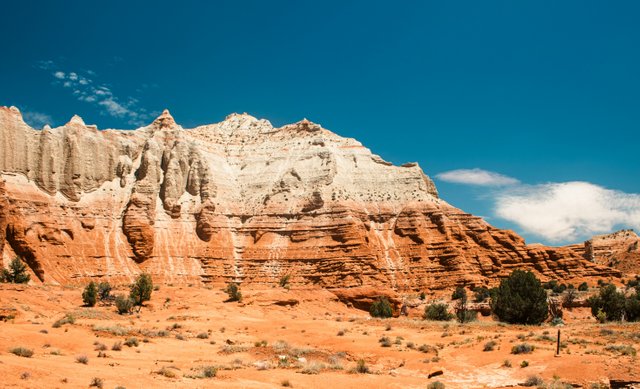
Despite their barren and harsh appearance, rocky mountains are home to a variety of life forms that have adapted to the extreme conditions. Small plants such as moss and cacti often grow in the crevices of the rocks, while eagles, mountain goats and reptiles call them home. Some rocky mountains also contain hidden caves that were once home to prehistoric humans or contain stunning stalactite and stalagmite formations. The silence that envelops these areas often provides a sense of peace for those seeking an escape from the hustle and bustle of city life.
Rocky mountains are natural wonders that reflect the strength and resilience of the earth over millions of years. Their sheer cliffs, with natural ridges formed by wind and water erosion, create dramatic landscapes that often look like giant fortresses towering into the sky. Some rocky mountains have unique colors, ranging from brick red to bluish gray, depending on the mineral content within them. These views often attract climbers, photographers and nature lovers who want to experience the beauty and challenges that the rocky terrain offers.
In addition to their natural charm, rocky mountains also hold a long geological history. Many of these mountains were formed by tectonic activity that lifted rocks from the earth, or came from the eruption of ancient volcanoes that have long been extinct. The layers of rock that are arranged on their walls often provide clues for scientists to understand climate change and the earth's conditions in the past. The beauty and scientific value of rocky mountains make them a natural heritage that should be preserved and respected by future generations.